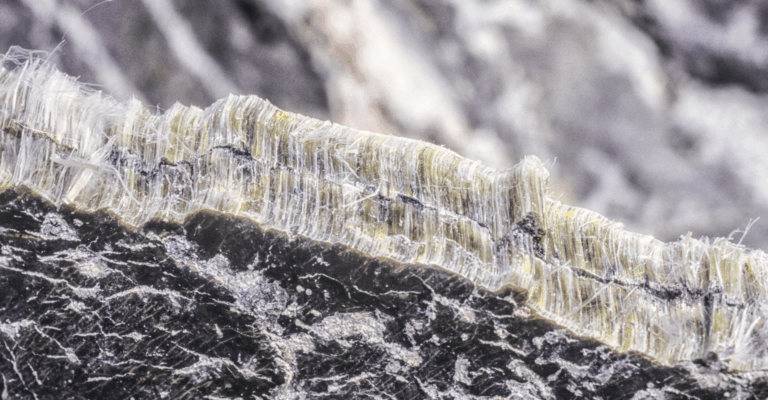Swinburne University has developed an innovative AI-powered app that can detect asbestos using just a smartphone and an inexpensive $5 microscope. This cutting-edge technology offers the potential for early asbestos identification, helping to prevent exposure and ultimately safeguarding health by reducing the risk of asbestos-related illnesses.
Asbestos fibres are around 50 to 200 times thinner than human hair, can be invisible, and are breathed in easily. They can become trapped deep in your lungs increasing the risk of developing lung, ovary, and larynx cancer.¹
For construction workers, homeowners, renovators, builders, plumbers, insulators, electricians, mechanics, and even recyclers accepting material for recycling, not knowing if you’re working with asbestos can be a risk with long-term consequences.
From an analytical perspective asbestos detection can be very challenging. Most common analytical methods involve detection in a laboratory environment by trained analysts using polarised light microscopy. Further analysis for certain samples requires more advance analytical techniques including X-Ray Diffraction, SEM and TEM. All these analytical methods must be undertaken by companies such as Agon Environmental, who specialise in asbestos and can recognise morphology and crystals associated with the presence of asbestos.
Agon’s Michael Spruth worked with Swinburne University’s Dr Rosalie K. Hocking and Michael Rolfe to train the app to recognise asbestos using over 7,500 images of exposed edges of cement sheet samples. Whilst it’s not yet a direct substitute for a trained human eye, it performed well for asbestos-containing images showing 99 true positives and only 1 false negative.
The team is considering adding a focus test to the app that shows an error to the user when it is out of focus to mitigate this risk.
How can this app help?
It serves as a critical tool for early detection, enabling tradespeople and construction professionals to halt work if there’s a risk of asbestos exposure, preventing related illnesses. For health and safety professionals, it offers a reliable way to monitor and manage potential hazards on-site, ensuring compliance with safety standards. Policymakers and regulators can use it to enhance public safety by reinforcing guidelines and improving workplace conditions. The general public, particularly homeowners and renovators, will benefit by reducing the risk of asbestos exposure during renovations, protecting their health and that of their families.
The app will serve as an education tool as well as AI assistant, sharing information on where asbestos can typically be found and where the user should begin their search. The goal is for the app to be an education and screening tool to help users better understand asbestos, providing a simple way to self-check materials while renovating. The app however is not a substitute for experts and will always encourage users to confirm results with certified experts.
The team consists of 9 experts, each bringing their own expertise and wealth of knowledge and experience to the project.
From Swinburne University:
-
-
Dr Rosalie Hocking
-
Michael Rolfe
-
Abdur Forkan (Machine Learning)
-
Abhik Banerjee (Machine Learning)
-
Meaghan Smith (Data collection and early AI, data collection and collation)
-
Christopher McCarthy (Artificial Intelligence)
-
Tatiana Kameneva (Robotic Vision)
From Agon Environmental:
-
-
Michael Spruth (Asbestos identification field testing)
From Identifibre:
-
-
Matthew Owen (Education, Asbestos Identification Field testing)
The team is currently applying for grants to help bring the app to completion and are looking to undertake further field testing.
Agon Environmental is thrilled to be able to contribute to such an important and innovative project and will continue to assist with field testing as well as offer our support and expertise where needed. We look forward to seeing this revolutionary app come to life and to the positive impact it will have on our community.
